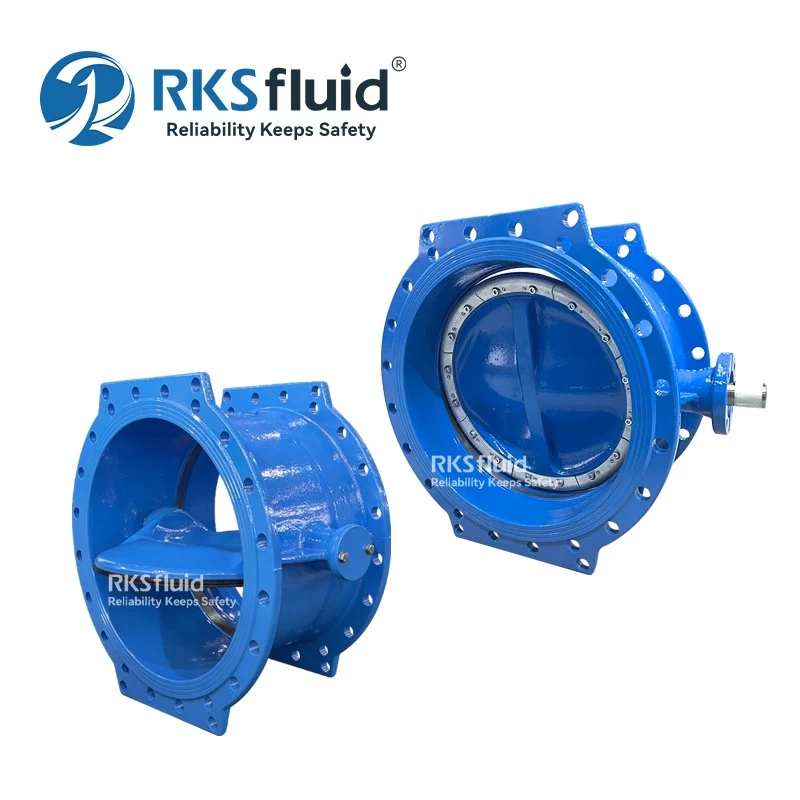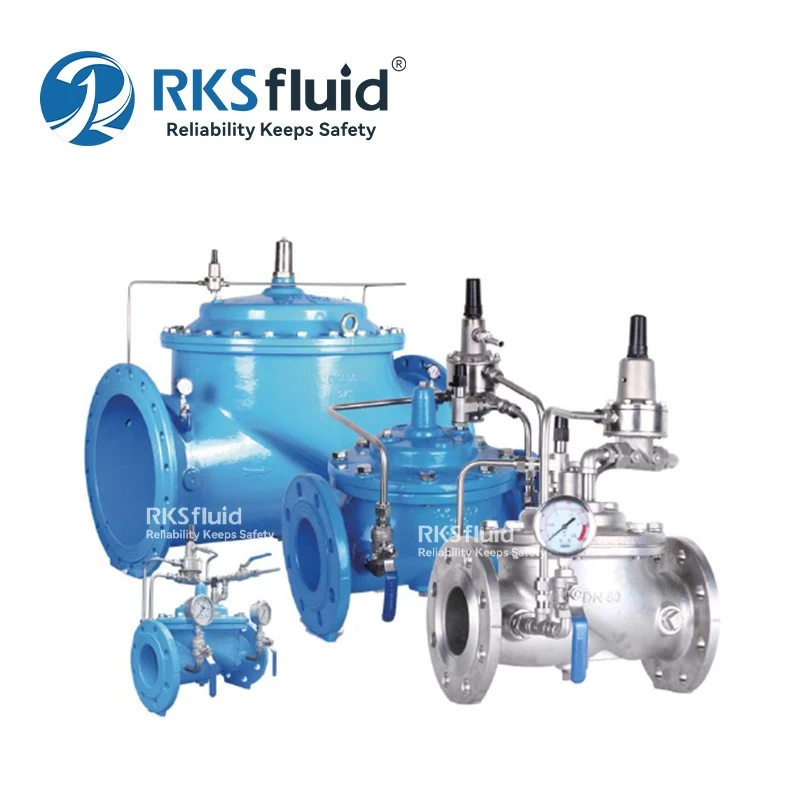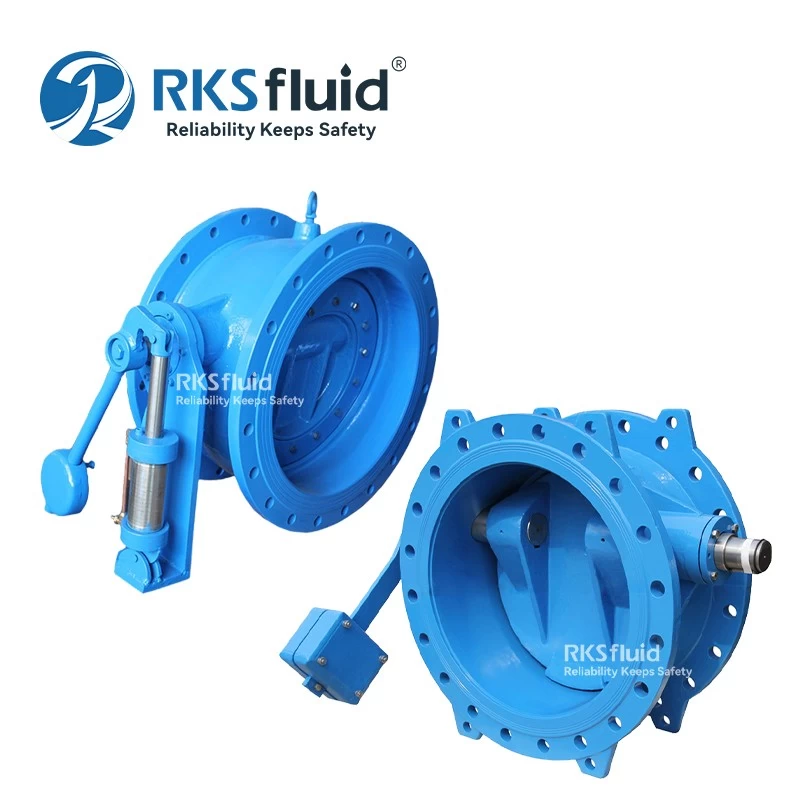- Main Product
- Contact Us
-
RKSfluid Flow Control Company
Web: www.rksfluid.com
Tel: +86 24 2318 0188
Fax: +86 24 2318 0788
Mail: info@rksfluid.com Contact Now
- Subscribe
-
Get email updates on new products
News
Valve Corrosion (1)
Corrosion is one of the important elements that cause valve damage. In valve protection, valve corrosion protection is an important issue to consider. What is the corrosion of the valve? How should the valve be preserved? What is the basis for the selection of corrosion-resistant valves? Take a look!
Valve corrosion form
Corrosion of metals is mainly caused by chemical corrosion and electrochemical corrosion. Corrosion of non-metallic materials is generally caused by direct chemical and physical damage.
1.Chemical corrosion
The surrounding medium directly reacts with the metal without causing current, causing it to be destroyed, such as high temperature dry gas and non-electrolytic solution to corrode the metal.
2.Electrochemical corrosion
The metal is in contact with the electrolyte, causing electron flow, which causes itself to be destroyed by electrochemical action, which is the main form of corrosion.
Common acid-base salt solution corrosion, atmospheric corrosion, soil corrosion, seawater corrosion, microbial corrosion, stainless steel pitting corrosion and crevice corrosion are all electrochemical corrosion.
Electrochemical corrosion occurs not only between two substances that can act as a chemical, but also because of the difference in concentration of the solution, the difference in the concentration of surrounding oxygen, the slight difference in the structure of the substance, etc., the difference in potential is generated, and the power of corrosion is obtained. The metal with low potential and in the positive position is lost.
9 major anti-corrosion measures
1. Select corrosion resistant materials according to corrosive media
In the actual production, the corrosion of the medium is very complicated. Even in the case of the valve material used in a medium, the concentration, temperature and pressure of the medium are different, and the medium is not corroded to the material. For every 10 °C increase in the temperature of the medium, the corrosion rate increases by about 1 to 3 times.
The concentration of the medium has a great influence on the corrosion of the valve material. For example, if the lead is in sulfuric acid with a small concentration, the corrosion is small, and when the concentration exceeds 96%, the corrosion sharply rises. On the contrary, carbon steel is the most severe when the concentration of sulfuric acid is about 50%. When the concentration is increased to more than 6%, the corrosion drops sharply.
For example, aluminum is highly corrosive in concentrated nitric acid with a concentration of 80% or more, but it is severely corroded in medium and low concentrations of nitric acid. Although stainless steel is highly resistant to dilute nitric acid, corrosion is more serious in more than 95% concentrated nitric acid.
It can be seen from the above examples that the correct selection of valve materials should be based on the specific conditions, analyze various corrosion factors, and select materials according to the relevant anti-corrosion manual.
2. Using non-metallic materials
Non-metallic corrosion resistance is excellent, as long as the valve temperature and pressure meet the requirements of non-metallic materials, it can not only solve the corrosion problem, but also save precious metals.
The valve body, valve cover, lining, sealing surface and other common non-metallic materials are used. As for the gasket, the filler is mainly made of non-metallic materials.
The valve is lined with plastic such as polytetrafluoroethylene or chlorinated polyether, and rubber such as natural rubber, neoprene or nitrile rubber, and the body of the valve body and the bonnet is made of general cast iron and carbon steel. That is to ensure the strength of the valve, and to ensure that the valve is not corroded.
The pinch valve is also designed based on the excellent corrosion resistance and excellent properties of the rubber. Nowadays, plastics such as nylon and polytetrafluoroethylene are used more and more, and various sealing surfaces and sealing rings are used for natural rubber and synthetic rubber for various types of valves.
These non-metallic materials used as sealing surfaces not only have good corrosion resistance, but also good sealing performance, and are particularly suitable for use in granular media. Of course, their strength and heat resistance are low and the range of applications is limited.
The emergence of flexible graphite has enabled non-metals to enter the high-temperature field, solving the long-term problem of filler and gasket leakage, and is a good high-temperature lubricant.
3. Metal surface treatment
valve connection
The valve connection screw is usually galvanized, chrome-plated, and oxidized (blue) to improve the resistance to atmospheric and medium corrosion. In addition to the above methods, other fasteners are also subjected to surface treatment such as phosphating depending on the situation.
Sealing surface and closing piece with small diameter
Surface treatments such as nitriding and boronizing are often used to improve its corrosion resistance and wear resistance. The valve disc made of 38CrMoAlA has a nitrided layer ≥0.4mm.
Valve stem anti-corrosion
Surface treatment processes such as nitriding, boronizing, chrome plating, and nickel plating are widely used to improve corrosion resistance, corrosion resistance and abrasion resistance.
1) Different surface treatments should be suitable for different valve stem materials and working environment. The valve stems in contact with atmospheric, water vapor medium and asbestos filler can be hard chrome plated and gas nitriding process (stainless steel is not suitable for ion nitriding) ;
2) The valve in the hydrogen sulfide atmosphere has better protection performance by electroplating high-phosphorus nickel plating;
3) 38CrMoAlA can also be corrosion resistant by ion and gas nitriding, but it is not suitable to use hard chrome plating;
4) 2Cr13 can resist ammonia corrosion after quenching and tempering, carbon steel using gas nitriding can also resist ammonia corrosion, and all phosphorous nickel coatings are not resistant to ammonia corrosion;
5) After gas nitriding, 38CrMoAlA material has excellent corrosion resistance and comprehensive performance, and it is used to make valve stems.
Small diameter valve body and hand wheel
It is also often chrome-plated to improve its corrosion resistance and to decorate the valve.
4. Thermal spraying
Thermal spraying is a type of process block for preparing coatings and has become one of the new technologies for surface protection of materials.
It uses a high energy density heat source (gas combustion flame, arc, plasma arc, electric heat, gas explosion, etc.) to heat and melt the metal or non-metal material, and then sprays it onto the pretreated basic surface in an atomized form to form a sprayed layer. , or at the same time heating the basic surface to re-melt the coating on the surface of the substrate to form a surface strengthening process of the spray-welded layer.
Most metals and their alloys, metal oxide ceramics, cermet composites, and hard metal compounds can be coated on a metal or non-metal substrate using one or more thermal spray methods.
Thermal spraying can improve the surface corrosion resistance, wear resistance, high temperature resistance and other properties, and prolong the service life. Thermal spray special function coating with special properties such as heat insulation, insulation (or isoelectric), grindable seal, self-lubricating, heat radiation, electromagnetic shielding, etc.; parts can be repaired by thermal spraying.
5. Spray paint
Coating is the most widely used anti-corrosion method, and it is an indispensable anti-corrosion material and identification mark on valve products.
Coatings are also non-metallic materials. They are usually made of synthetic resin, rubber slurry, vegetable oil, solvent, etc., covering the metal surface, insulating the medium and the atmosphere to achieve anti-corrosion purposes.
Coatings are mainly used in environments where water, salt water, sea water, and the atmosphere are not corrosive. The inner cavity of the valve is usually painted with anti-corrosive paint to prevent the water, air and other media from corroding the valve. The paint is mixed with different colors to represent the materials used by Faine. Valve spray paint, usually in half a year to once a year.
6. Add corrosion inhibitor
What is the mechanism of corrosion inhibitor control? It is that it promotes the polarization of the battery.
Corrosion inhibitors are mainly used in media and packing. Adding corrosion inhibitor to the medium can slow down the corrosion of equipment and valves. For example, chrome-nickel stainless steel is ignited in a large range of solubility in oxygen-free sulfuric acid. Corrosion is serious, but a small amount of copper sulfate or nitric acid is added. When the oxidant is used, the stainless steel can be transformed into a passive state, and a protective film is formed on the surface to prevent the etching of the medium. In the hydrochloric acid, if a small amount of the oxidizing agent is added, the corrosion of the titanium can be reduced.
The valve pressure test commonly uses water as the medium for pressure test, which is easy to cause corrosion of the valve. Adding a small amount of sodium nitrite in water can prevent the water from corroding the valve.
The asbestos filler contains chloride, which is very corrosive to the valve stem. If the steamed water washing method can reduce the chloride content, this method is difficult to implement in practice, and the ester is suitable for special needs.
In order to protect the valve stem from corrosion of the asbestos filler, in the asbestos filler, the valve stem is coated with a corrosion inhibitor and a sacrificial metal. The corrosion inhibitor consists of sodium nitrite and sodium chromate to form a passivation film on the surface of the valve stem to improve the corrosion resistance of the valve stem; the solvent can dissolve the corrosion inhibitor slowly and can provide lubrication;
Zinc powder is added to asbestos as a sacrificial metal. In fact, zinc is also a corrosion inhibitor. It can be first combined with chloride in asbestos, so that the chance of contact between chloride and stem metal is greatly reduced, thus achieving anti-corrosion purposes. If a corrosion inhibitor such as red dan or calcium lead is added to the coating, the surface of the valve can prevent corrosion of the atmosphere.
7. Electrochemical protection
Electrochemical protection has both anodic protection and cathodic protection.
If zinc is used to protect iron, zinc is corroded and zinc is called sacrificial metal. In the production practice, the anode protection is used less, and the cathodic protection application is more. Large-scale valves and important valves use this cathodic protection method, which is an economical, simple and effective method. Zinc is added to the asbestos filler and the protective stem is also a cathodic protection method.
8. Control the corrosive environment
The so-called environment, there are two broad and narrow senses, the generalized environment refers to the environment around the valve installation and its internal circulation medium; the narrow environment refers to the conditions around the valve installation.
Most environments are uncontrollable and production processes are not subject to change. Only when there is no damage to the product or process, the method of controlling the environment, such as boiler water deoxidation and the pH of the alkali in the refining process, can be used. From this point of view, the above-mentioned addition of corrosion inhibitors, electrochemical protection, etc. are also controlled corrosion environments.
The atmosphere is full of dust, water vapor, and smoke. Especially in the production environment, such as smoke and halogen, toxic gases and fine powder emitted from equipment, it will cause different degrees of corrosion on the valve.
The operator should periodically clean and purge the valve and regularly refuel according to the regulations in the operating procedures. This is an effective measure to control environmental corrosion. The valve stem is installed with a protective cover, the ground valve is provided with a well, the surface of the valve is painted with paint, etc., which are methods for preventing corrosion of the valve by corrosive substances.
Increased ambient temperatures and air pollution, especially in closed environments, can accelerate corrosion. Floors should be used as much as possible or ventilation and cooling measures should be adopted to reduce environmental corrosion.
9. Improve processing technology and valve structure
The anti-corrosion protection of the valve is a problem that has been considered from the design. A valve product with reasonable structural design and correct process method will undoubtedly have a good effect on slowing the corrosion of the valve.
Therefore, the design and manufacturing department should improve the components that are unreasonable in structural design, incorrect in process methods, and prone to corrosion, and should be improved to suit the requirements of various working conditions.











